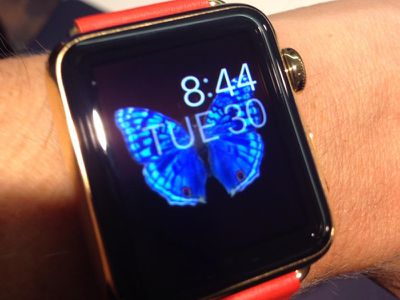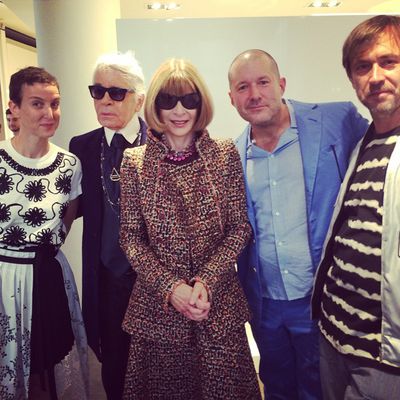Microsoft today unveiled its next-generation Windows operating system, Windows 10, previewing the OS at an event in San Francisco focused on its corporate users. Like Windows 8, Windows 10 utilizes live tiles, but it also draws in design elements from Windows 7 to make it more appealing to users who have thus far opted not to upgrade to Windows 8.
The Start menu and taskbar, interface elements that are familiar to all Windows users, are placed front and center in Windows 10 in an effort to make the OS "familiar, compatible, and productive,"
according to Microsoft's head of operating systems Terry Myerson.
While Apple has managed to get the bulk of its user base to update to the newest version of OS X on a regular basis, Microsoft has had less success in recent years. As of April, 49 percent of Windows users continued to use Windows 7 (introduced in 2009), while 28 percent continued to use Windows XP, an operating system more than 12 years old. Windows 8 and 8.1 were installed on just 11 percent of devices in April. In a press release, Microsoft outlines some of the specific features that are coming to Windows 10:
Expanded Start menu. The familiar Start menu is back, providing quick one-click access to the functions and files that people use most, and it includes a new space to personalize with favorite apps, programs, people and websites.
Apps that run in a window. Apps from the Windows Store now open in the same format that desktop programs do. They can be resized and moved around, and have title bars at the top allowing users to maximize, minimize and close with a click.
Snap enhancements. Working in multiple apps at once is easier and more intuitive with snap improvements. A new quadrant layout allows up to four apps to be snapped on the same screen. Windows will also show other apps and programs running for additional snapping, and it will even make smart suggestions on filling available screen space with other open apps.
New Task view button. The new Task view button on the task bar enables one view for all open apps and files, allowing for quick switching and one-touch access to any desktop created.
Multiple desktops. Instead of too many apps and files overlapping on a single desktop, it’s easy to create and switch between distinct desktops for different purposes and projects — whether for work or personal use.
In addition to introducing some familiar Windows 7 features into Windows 10, Microsoft is also hoping to focus on personalization, creating a Windows experience that is customized to each individual user's preferences. Windows 10, like Windows 8, will run on a wide range of devices, including both PCs and tablets, with "a tailored experience for each device."
Windows 10 adapts to the devices customers are using — from Xbox to PCs and phones to tablets and tiny gadgets — and what they’re doing with a consistent, familiar and compatible experience, enabling even greater productivity. Windows 10 will run across the broadest range of devices ever from the Internet of Things to enterprise datacenters worldwide.
Many of the details on Windows 10 remain unknown at the time being, as the software is in the early development stages. Microsoft is aiming for a public release in the fall of 2015.
On Wednesday, Microsoft will launch a Windows Insider Program that will provide beta testers with a technical preview of Windows 10 for laptops and desktops, with access on other devices coming later. With the program, Microsoft is hoping to make the development of Windows 10 the "largest-ever open collaborative development effort."







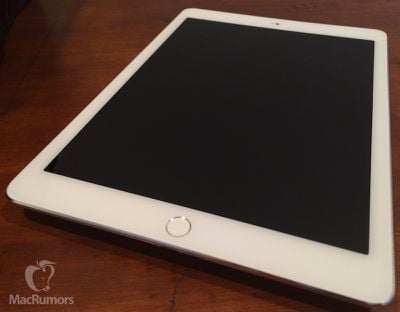
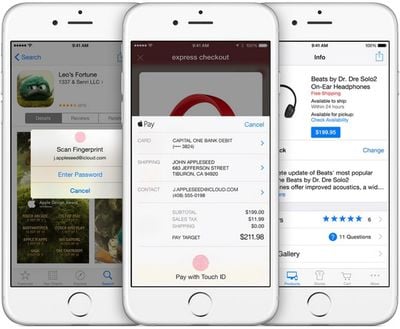
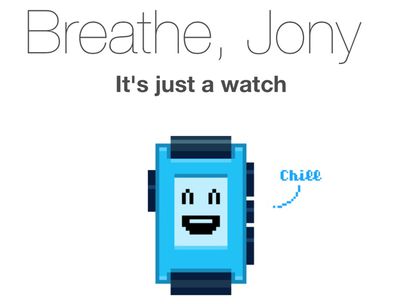
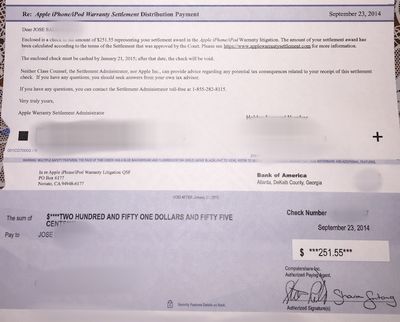



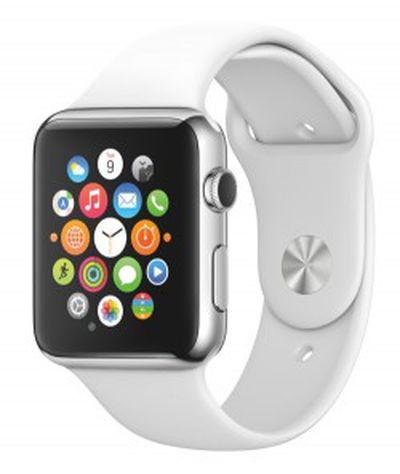 Apple is reportedly finalizing the details on its upcoming Apple Watch as it prepares to begin mass production of the device ahead of its launch early next year. Mass production of the smartwatch device may begin January 2015, reports Taiwanese news source
Apple is reportedly finalizing the details on its upcoming Apple Watch as it prepares to begin mass production of the device ahead of its launch early next year. Mass production of the smartwatch device may begin January 2015, reports Taiwanese news source 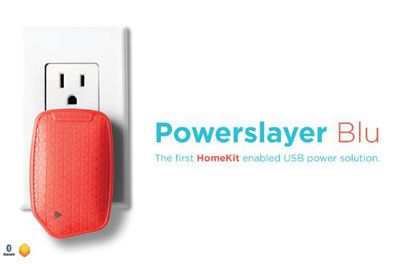
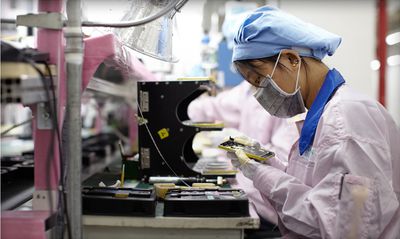
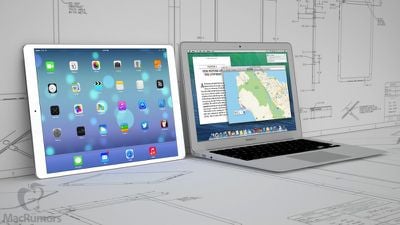
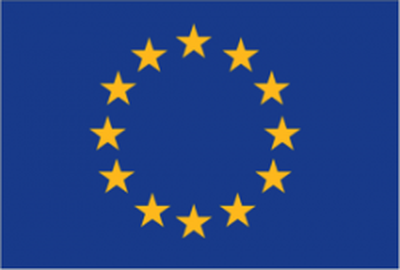 The European Commission today announced the results of its formal investigation into Apple's tax arrangements in Ireland, accusing the company of receiving illegal state aid from the country,
The European Commission today announced the results of its formal investigation into Apple's tax arrangements in Ireland, accusing the company of receiving illegal state aid from the country, 
